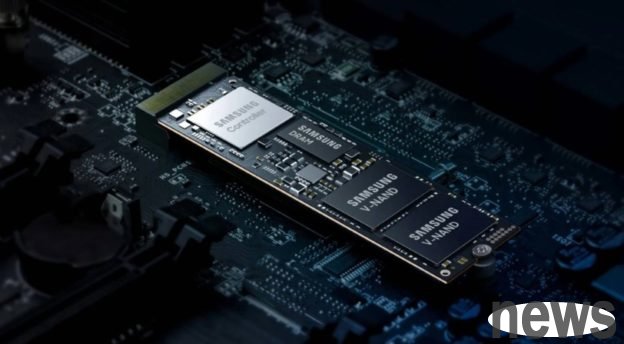
According to reports from South Korea’s Chosun Ilbo, the world’s eight largest NAND Flash memory manufacturers, including Samsung Electronics, SK Hynix, Kioxia, and Micron, are discussing reducing the supply of NAND Flash memory in the second half of 2025. Analysts point out that such production cuts will inevitably lead to a reduction in the supply chain. On the one hand, they will increase prices by controlling supply. On the other hand, they are accelerating the conversion of production lines to produce QLC-specific products to cope with the strong growth in demand for QLC-specific products driven by artificial intelligence (AI) data centers.
Reports indicate that Samsung Electronics, SK Hynix and Kioxia are also pushing to increase the price of NAND Flash memory that will be at cost level throughout 2024. Among them, Samsung is currently discussing supply in 2025 with large overseas customers and is internally considering raising prices by more than 20% to 30%. According to annual NAND Flash memory supply data from market research firm Omdia, Samsung Electronics has lowered its 2025 NAND Flash memory wafer production target to approximately 4.72 million wafers, a decrease of approximately 7% from 5.07 million wafers in 2024. Kioxia has also adjusted its production from 4.8 million pieces in 2024 to 4.69 million pieces in 2025. Omdia expects that the production reduction strategies of Samsung Electronics and Kioxia will continue until 2026.
Reports indicate that SK Hynix and Micron are also conservatively limiting supply to obtain profits from higher prices. SK Hynix's NAND Flash memory supply will drop by about 10% from 2024, from 2.01 million pieces in 2024 to about 1.8 million pieces in 2025. Micron is also in a similar situation. The production capacity of its largest NAND Flash memory Fab 7 factory in Singapore is maintained at a low level of just over 300,000 pieces per month, and it continues to adopt a cautious supply stance.
In fact, as major suppliers simultaneously reduce supply, the average selling price (ASP) of NAND Flash memory is rising significantly. Research institutions pointed out that NAND Flash flash memory prices rose by 15% last quarter alone, and may rise by more than 40% to 50% in the future. According to data from market research and survey agency TrendForce, the price of mainstream 512Gb TLC specification NAND Flash memory increased by 14.2% from last week to US$5.51. Since the spot price reflects the real-time trading conditions of the market, its rise represents an increase in the difficulty of product supply.
The tight supply of TLC NAND Flash flash memory also reflects that major manufacturers are focusing their resources on higher-profit QLC specification products. Because QLC specification products can increase storage capacity by about 30% in the same area, they are more suitable for large-capacity solid-state drives required by AI data centers. South Korean market participants said that in the process of converting existing TLC specification NAND Flash memory production lines to QLC specifications, some TLC production equipment of major suppliers have been suspended, resulting in a natural production reduction effect. According to the past tradition of the industry, the reduction in production capacity during the conversion of equipment and processes often leads to an increase in market prices.
The report emphasized that Samsung Electronics and SK Hynix, which had been suffering from an oversupply of NAND Flash memory for a long time, are now taking advantage of rising prices to work hard to increase their profit levels. Previous market news stated that as large North American technology companies began panic purchasing due to concerns about the soaring price of NAND Flash memory, SanDisk in the United States will increase the contract price of its NAND Flash memory products by up to about 50% starting this month. Market analysts say that the entire supply of NAND Flash memory for 2026 may have been ordered in advance.